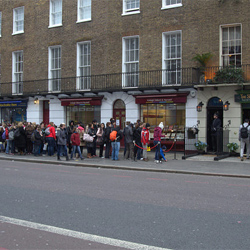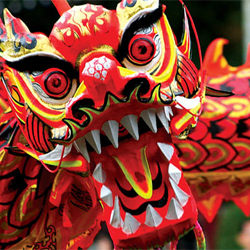She is the owner of the Ascia vineyards, which cover about three hectares on the hills between Monterosso and Vernazza, within the Cinque Terre National Park.
The Ascia vineyards are oriented towards the recovery and enhancement of one of the most impervious territories which is spread over terraced vineyards overlooking the sea sinking its roots in centuries of tradition. They recovered a hill which had been abandoned for over fifty years and, thanks to the collaboration between the region and the company, they are now hosting the production of Cinque Terre DOC wine (DOC is an Italian wine label meaning Denominazione di Origine Controllata and it refers to the guarantees of the wines' origins), transforming the hill into a suggestive meeting place between wine, tradition and art.
In Liguria, women traditionally cultivated the lands and took care of the family. Not by chance, the name of the company immediately outlines the feminine nature: in Ligurian dialect it means lady.

5 Terre is where Sciacchetra is produced
The viticulture practiced in many Ligurian areas is particularly interesting because of the geography of our region, squished between the mountains and the sea and mostly mountainous.
The grapes are cultivated on fasce, terraces supported by characteristic stone walls and built on steep terrains, a true hardship for the winemakers, who are obliged to harvest and transport the grapes manually. As if this were not enough, the frequent floods during heavy rainfalls make everything harder and put the production at risk.
This is why Ligurian wines are often pricey and hard to find outside our region.

Fasce, typical Ligurian vineyards on terraces
Another issue is that the Ligurian viticulture is practiced in most cases by local inhabitants at the hobby level for a production mainly destined to family consumption and often limited to a few hundred bottles a year.
Despite a limited extension of cultivation, the wines of Liguria reach high levels of quality and they boast a thousand-year tradition, with the first traces that date back to the Greeks and Romans.
The success of Ligurian wines then grew with the development of the city of Genoa, from whose flourishing port ships the sailors brought new vines that they started cultivating in their small plots of land.
Today the Ligurian viticulture is concentrated mainly in the areas around La Spezia, Cinque Terre and in most of the western Riviera.
In Liguria we grow mainly white grape varieties: among these the most widespread varieties are the Vermentino and the Pigato. The red-berry vines are mainly found in the westernmost part of Liguria, towards the French border, such as Rossese from Dolceacqua and Dolcetto.
The Cinque Terre’s Sciacchetra is a white wine which is the result of a careful selection of the best local grapes and its name derives from the dialectal term sciacaa which means ‘crush,’ with reference to the pressing of the grapes.
Strict rules must be followed for its cultivation, starting from the harvest, which takes place strictly by hand.
Soft pressing followed by slow fermentation without temperature control, fermentation and aging in barriques of oak and cherry for the following twelve months, until reaching an alcohol content of 13%.
The true (because there are a lot of fake ones sold in souvenir shops) Sciacchetra of the Cinque Terre is a savory and sweet wine, with aromas of Mediterranean scrub and dried apricots, excellent if paired with aged cheeses or dry pastries I was told.

Liguria mostly produces white grapes
From the remaining cultivated vineyards, we get red wines such as Sangiovese, Merlot and Syrah, other than the Rosso Liguria di Levante, fruity and with a good structure.



























































